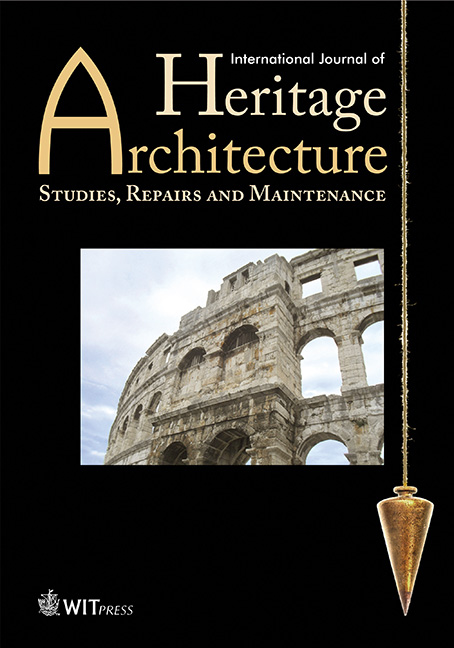SPANISH FORTIFICATIONS IN THE PHILIPPINES: INCEPTION, EVOLUTION AND CURRENT STATE OF THE FORTIFIED CITY OF CAVITE
Price
Free (open access)
Volume
Volume 1 (2017), Issue 2
Pages
10
Page Range
133 - 143
Paper DOI
10.2495/HA-V1-N2-133-143
Copyright
WIT Press
Author(s)
J.R. JIMENEZ VERDEJO, J.A. PULIDO-ARCAS, C. RUBIO-BELLIDO & FUNO SHUJI
Abstract
The fortified city of Cavite, located in Manila Bay, has played a remarkable role in the history of Spanish walled settlements in East Asia. Due to its geographical location (a peninsula protected from the open sea) and its inner harbour, whose waters allowed anchoring of large draught hulls, this small town flourished for more than 200 years as a commercial and military enclave. Unfortunately, this settlement was obliterated by air raids during World War II, and nowadays just some traces of the former city’s walls and urban fabric can be seen. In this context, this research aims at clarifying the current state of this fortified city and reconstructing the historical process of its formation and transformation. Extensive fieldwork was performed in 2010 to clarify the current condition of this area; consultation of historical maps from archives and databases has provided the main chronological periods which have influenced its historical evolution. As a result, this research features a reconstruction of Cavite from 1659, the date of its oldest graphical representation, to the present time. Also, it identifies the most representative extant structures regarding the fortification system and the urban fabric which it encloses. These outcomes provide a complete database of the scarce elements which have survived in relation to their historical appraisal, thus making a contribution to the conservation and protection of Cavite, a part of the Spanish colonial architectural heritage in the Philippines.
Keywords
fortified city, historical evolution, Philippines, Spanish colonial heritage




